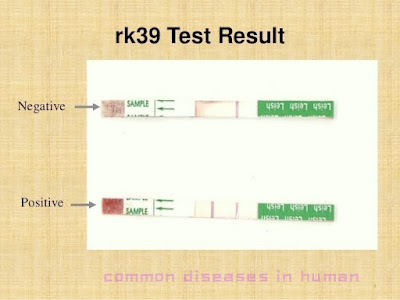kala azar symptoms?leishmaniasis treatment?types of leishmaniasis?
Kala azar or Leishmaniasis
Kala-azar is a black sickness / black fever, chronic prarasitic disease caused Leishmania donovani. It is also known as visceral leishmaniasis (VL). Kala-azar is fetal if not treated in time. It is transmitted by the bite of infected sand fly but in rarely transmitted through blood transfusion, mother to child & organ transplantation.
Kala-azar is caused by more than 20 species of Leishmania, among them Visceral leishmaniasis is most severe form and Cutaneous leishmaniasis or Oriental sore is most common form. As compare to female, male more likely to suffer from Leishmaniasis.
 |
| Kala azar |
Some species of Leishmania are:
- Leishmania tropica: causes cutaneous leishmaniasis
- Leishmania bragilensis: causes mucosal leishmaniasis
- Leishmania chagasi: causes cutaneous leishmaniasis
- Leishmania donovani: causes visceral leishmaniasis
 |
| Mucosal Leishmaniasis |
 |
| Visceral Leishmaniasis |
 |
| Cutaneous Leishmaniasis |
The parasites of Kala-azar migrates to the visceral organs of human body i.e. liver, spleen,bone marrow (parasites habitat). If untreated, will almost always results to the host death.
 |
| Pathogenicity of Leishmaniasis |
Epidemiology of Kala-azar:-
Agent: Leishmania donovani
Host: All age but peak in 5-9 years
Vector: Sandfly (Phlebotomus argentipes)
Transmission: Female sandfly
Incubation period: 2-6 months
Disease of rural areas
Kala-azar is characterized by:
- Fever: intermittent/black fever/Dum-dum fever/camel hump fever/biphagic fever
- Hepato-spleenomegaly
- Cachexia (decrease muscle volume), Weight loss
- Darkening of skin, Anemia
- Skin dry & hair brittle
- Leucopenia
Complications :
- Epistaxis
- Pneumonia
- Pulmonary tuberculosis
- Post kala-azar dermal leishmaniasis (PKDL): If not treated within 6-12 months
 PKDL
PKDL
Laboratory diagnosis of Kala-azar:
- Kala-azar is diagnosed by microscopic examination in NNN culture medium (Novy-Neal-Necole medium )
- Now available for rapid diagnosis of Kala-azar is recombinant K39 protein test. It is also useful for surveillance and screening
- Antimony test
- Montgomery test
Treatments can be done by:
Liposomal amphotericin B 0.75 mg/kg is the choice of drug for kala-azar. The side effects of this drug are:
- Diarrhoea
- Joints pain
- Fever
- Stomach pain
- Burning micturition
Sodium stibogluconate also can be used
Prevention and control of Kala azar :
Early diagnosis and Prompt treatment of the cases to prevent the spreads of Leishmaniasis
Vector control: This may helps to reduce the numbers of Sandfly resulting in low numbers of disease transmission. The vectors are controlled by spraying insecticidal i.e. Alpha cyphermethrine or DDT
There is not specific medicine to control Leishmania. people can protect themselves from infection by preventing the bites of sandfly.
Wearing of full covered long pants, long seeleved shirts & hats.





.png)
Post a Comment